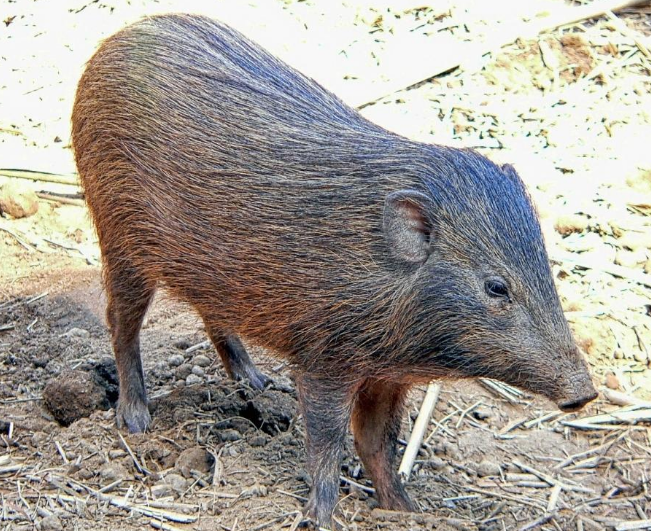(单词翻译:单击)
听力文本
The long-grass plains of tropical India are home to some of the largest grass-eating mammals on our planet.
地处热带的印度,有着茂盛的草原,草原上生活着世界上最大的食草类哺乳动物。
And some of the smallest.
还有最小的食草类哺乳动物。
Pygmy hogs are no bigger than rabbits.
姬猪的大小和兔子不相上下。
They're the tiniest and rarest of all wild pigs.
这种猪是世界上最稀有的、体型最小的野猪。
The female is busy collecting grass, but not for eating. She's building a nest.
这只母猪正忙着把草收集起来,不过这不是为了填饱肚子。而是为了筑巢。
Each piglet may be small enough to fit in the palm of a hand, but she does have 10.
每一只小猪都小得可以放在手掌心上,但母猪确生了有10只小猪。

This is how grass can grow, given unlimited sunshine and water.
这里让我们见识到了如果有足够的阳光和雨水草能够长到什么程度。
But on most tropical plains across our planet, the wet season is followed by a dry one.
然而地球上的绝大多数热带草原,在经历雨季后总是要经历旱季的。
On the African savannahs, grazers are marching in search of grass and water.
在非洲的稀树大草原上,食草动物正浩浩荡荡地行进着,去寻找草和水。
Without rain, these plains can become dust bowls. Grass can now lose its hold.
由于缺乏雨水,这里的草原变成了黄尘地带。草现在也许会被连根拔起。
视频及简介
剧组将镜头对准惊恐的蒙古小羚羊,亲眼目睹它们的季节迁徙的人其实很少。同时你不会错过第一次出现在摄影机镜头里的长相怪异的藏狐。历时六个星期,剧组为了跟踪一个企图捕杀大象的狮群,用夜视镜近距离地拍下了当时混战的场面。


